In today’s digital-first world, having an online presence is no longer optional—it’s essential. Whether you’re a small business owner, a blogger, or a multinational corporation, your success online hinges on your ability to be found by your target audience. This is where search engine optimizationmeaning, search engine optimization, and search engine marketing come into play. These concepts are the backbone of digital visibility, and understanding them is crucial for anyone looking to thrive in the competitive online landscape.
In this comprehensive guide, we’ll dive deep into the world of SEO, explore its meaning, define its role in search engine dynamics, and explain how it ties into search engine marketing. By the end of this article, you’ll have a clear understanding of why SEO is so important and how you can leverage it to achieve your digital goals.
What is SEO? Defining SEO Meaning
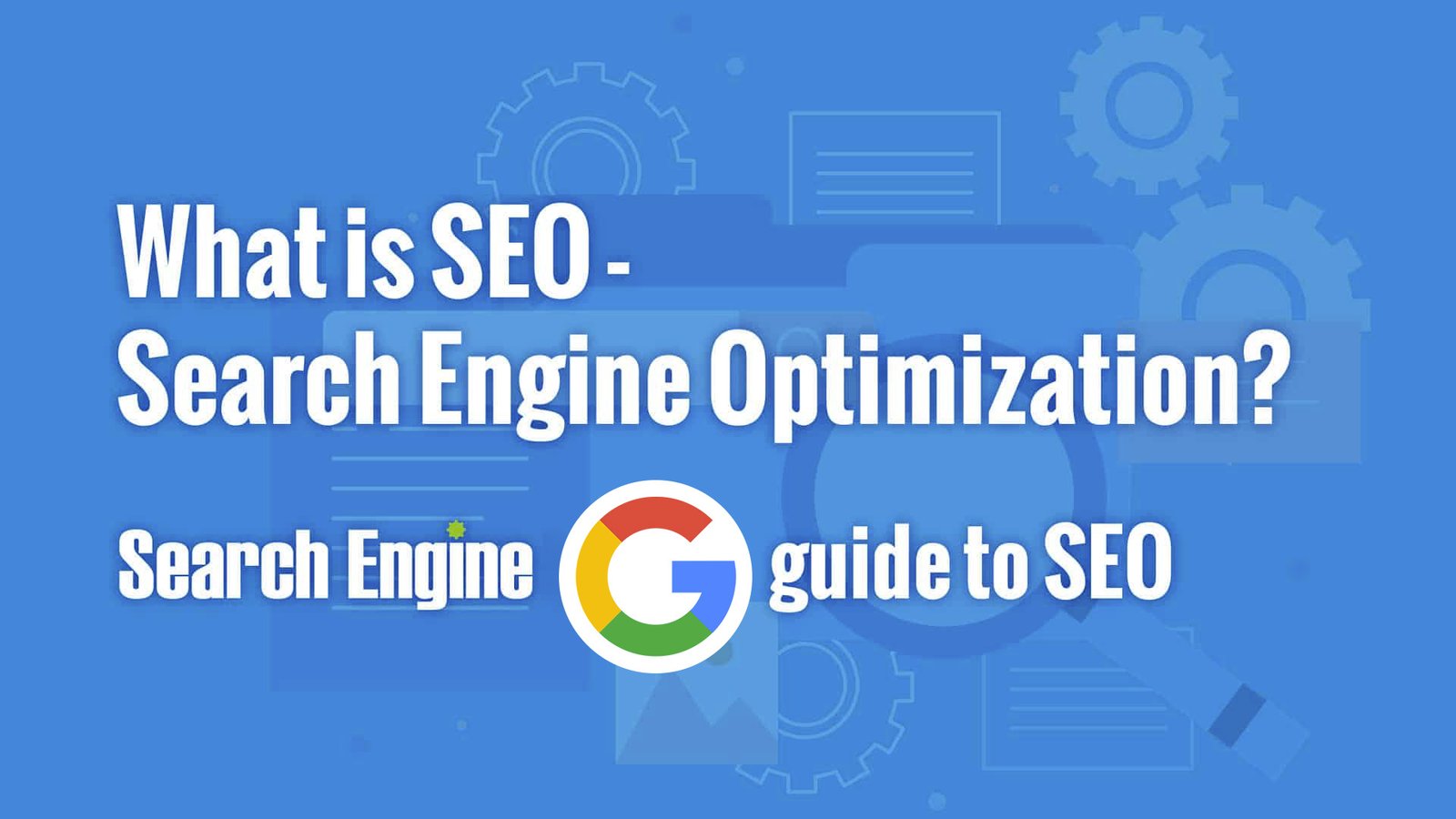
Let’s start by answering the most fundamental question: What is search engine optimization? SEO stands for Search Engine Optimization. At its core, SEO is the practice of optimizing your website and its content to rank higher on search engine results pages (SERPs). The higher your website ranks, the more visible it becomes to users searching for relevant keywords or phrases.
To define SEO more precisely, it’s a combination of technical and creative strategies aimed at improving a website’s visibility, driving organic (non-paid) traffic, and enhancing user experience. SEO involves optimizing various elements of your website, including its content, structure, and technical performance, to align with the algorithms used by search engines like Google, Bing, and Yahoo. Read 12 Alternative Search Engines to Consider Besides Google
According to Google’s official SEO Starter Guide, SEO involves optimizing various elements like content, structure, and performance to align with search engine algorithms.
Why is SEO Important?
The importance of search engine optimization cannot be overstated. Here’s why:
- Increased Visibility: With over 5.6 billion searches conducted on Google every day, ranking high on SERPs ensures that your website gets noticed by your target audience.
- Cost-Effective Marketing: Unlike paid advertising, organic traffic generated through SEO doesn’t require ongoing investment. Once your website ranks well, it can continue to attract visitors without additional costs.
- Builds Credibility and Trust: Websites that rank high on search engines are often perceived as more credible and trustworthy by users.
- Enhances User Experience: SEO involves optimizing your website’s speed, mobile-friendliness, and navigation, all of which contribute to a better user experience.
- Long-Term Results: While SEO takes time to show results, its impact is long-lasting compared to other marketing strategies.
How Search Engines Work

To fully grasp the meaning of SEO, it’s essential to understand how search engines operate. Search engines like Google use complex algorithms to crawl, index, and rank websites based on their relevance and authority. Here’s a simplified breakdown of the process:
- Crawling: Search engines use bots (often called spiders or crawlers) to scan the internet and discover new or updated web pages.
- Indexing: Once a page is crawled, it’s added to the search engine’s index—a massive database of web pages.
- Ranking: When a user enters a query, the search engine sifts through its index to find the most relevant pages and ranks them based on factors like content quality, backlinks, and user experience.
search engine optimization is all about optimizing your website to perform well at each of these stages.
Key Components of SEO

SEO is a multifaceted discipline that can be broken down into several key components:
1. On-Page SEO
On-page SEO focuses on optimizing individual web pages to rank higher and attract more relevant traffic. Key elements include:
- Keyword Research: Identifying the terms and phrases your target audience is searching for.
- Content Optimization: Creating high-quality, engaging content that incorporates target keywords naturally.
- Meta Tags: Writing compelling title tags and meta descriptions to improve click-through rates.
- Internal Linking: Connecting related pages on your website to enhance navigation and distribute link equity.
Performing keyword research is essential for targeting the right audience. Learn more Free Keyword Research Tool [+ How to Find High-Value Terms]
2. Off-Page SEO
Off-page SEO involves activities outside your website that impact your rankings. The most important aspect is link building, which refers to acquiring backlinks from other reputable websites. Other off-page SEO strategies include:
- Social media marketing
- Guest blogging
- Influencer outreach
Building high-quality backlinks can significantly boost rankings. Read SEMrush’s guide on backlinks for expert insights.
3. Technical SEO
Technical SEO ensures that your website meets the technical requirements of modern search engines. This includes:
- Site Speed: Optimizing loading times to improve user experience.
- Mobile-Friendliness: Ensuring your website is responsive and works well on all devices.
- Crawlability: Making it easy for search engine bots to navigate and index your site.
- Structured Data: Using schema markup to help search engines understand your content better.
A fast-loading website improves user experience and search rankings. Use the Google PageSpeed Insights tool to analyze your website’s speed and get optimization recommendations.
4. Local SEO
For businesses with a physical presence, local SEO is crucial. It involves optimizing your website to rank for location-based searches. Key tactics include:
- Creating a Google My Business profile
- Collecting customer reviews
- Using local keywords (e.g., “plumber in New York”)
To improve your local search presence, create a Google My Business profile and optimize it with accurate business information.
SEO vs. Search Engine Marketing (SEM)
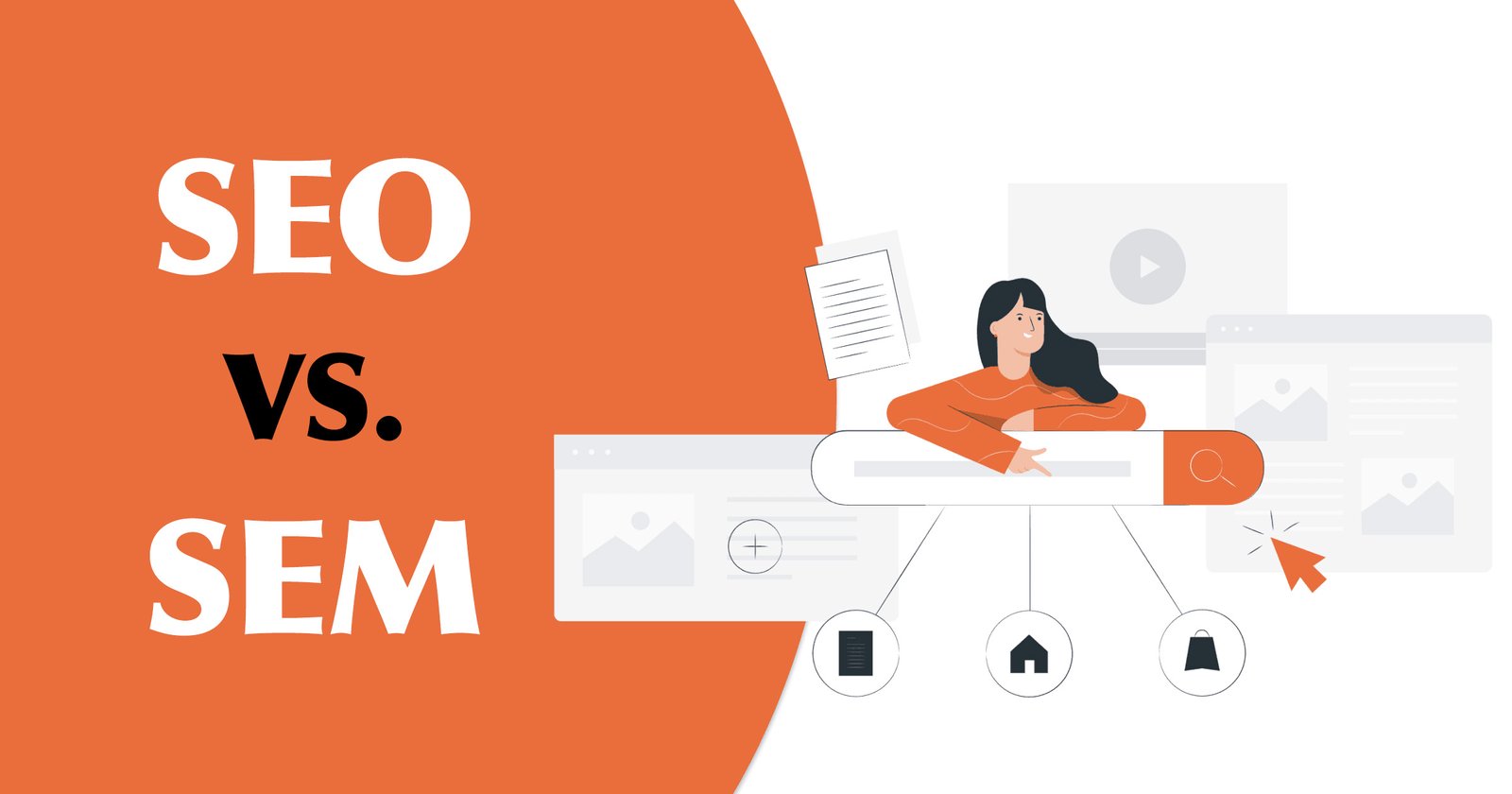
While SEO focuses on organic search results, search engine marketing (SEM) encompasses both organic and paid strategies. SEM includes:
- Pay-Per-Click (PPC) Advertising: Paid ads that appear at the top of SERPs.
- Display Advertising: Visual ads that appear on websites within a search engine’s network.
The primary difference between SEO and SEM is that SEO is free but takes time to yield results, while SEM provides immediate visibility but requires ongoing investment. Many businesses use a combination of both to maximize their online presence.
The Evolution of SEO
SEO has come a long way since its inception in the 1990s. Early SEO practices, often referred to as “black-hat SEO,” involved manipulative tactics like keyword stuffing and link farming. However, as search engines became more sophisticated, they began penalizing such practices.
Today, SEO is all about creating value for users. Search engines prioritize websites that offer high-quality content, fast loading speeds, and a seamless user experience. This shift has made SEO a more ethical and sustainable practice.
Common SEO Myths Debunked
Despite its importance, SEO is often misunderstood. Let’s debunk some common myths:
- SEO is a One-Time Effort: SEO requires ongoing effort and adaptation to keep up with algorithm changes and industry trends.
- Keywords Are Everything: While keywords are important, user intent and content quality matter more.
- Higher Rankings Guarantee Success: Rankings are just one piece of the puzzle. Conversions and user engagement are equally important.
- SEO is Dead: With the rise of social media and voice search, some claim SEO is irrelevant. In reality, SEO continues to evolve and remains a critical component of digital marketing.
How to Get Started with SEO
If you’re new to SEO, here’s a step-by-step guide to help you get started:
- Conduct Keyword Research: Use tools like Google Keyword Planner or Ahrefs to identify relevant keywords for your niche.
- Optimize Your Website: Ensure your site is fast, mobile-friendly, and easy to navigate.
- Create High-Quality Content: Focus on producing valuable, engaging content that addresses your audience’s needs.
- Build Backlinks: Reach out to reputable websites in your industry to acquire backlinks.
- Monitor Your Progress: Use tools like Google Analytics and Search Console to track your rankings and traffic.
For a more detailed breakdown of SEO strategies, check out the Moz Beginner’s Guide to SEO.
Case Studies: Real-World Examples of SEO Success
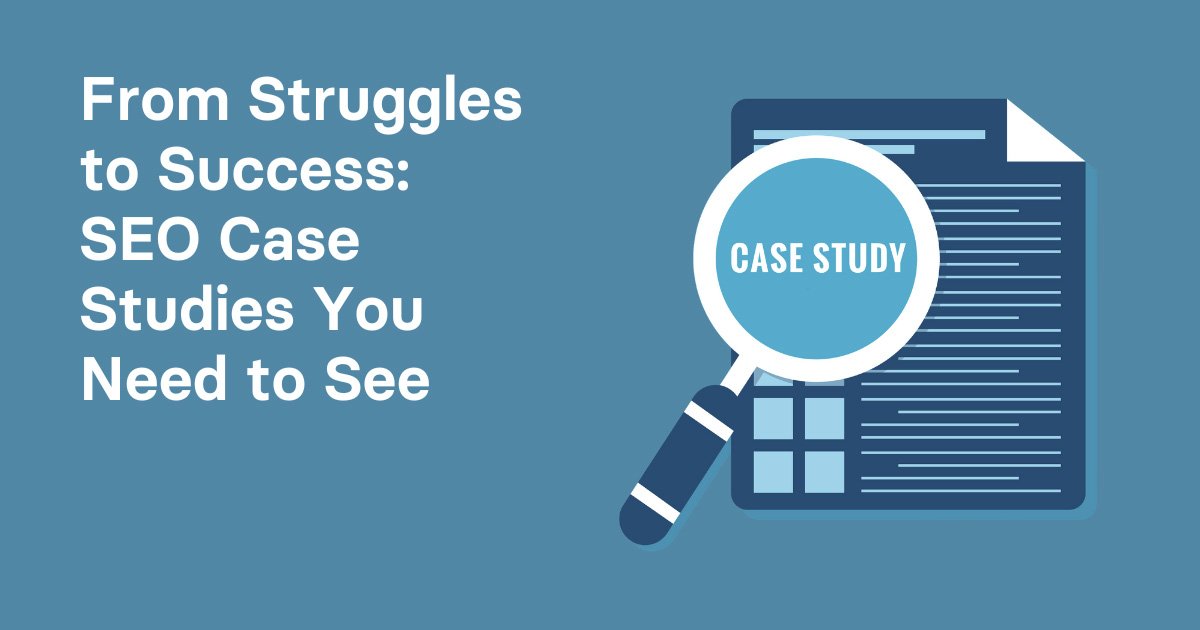
Case Study 1: HubSpot
HubSpot, a leading marketing software company, invested heavily in SEO by creating a blog filled with high-quality, educational content. By targeting long-tail keywords and optimizing for user intent, HubSpot grew its organic traffic from 0 to over 6 million monthly visitors. Their success demonstrates the power of content-driven SEO.
Case Study 2: Airbnb
Airbnb used SEO to dominate the travel industry. By optimizing its website for location-based keywords and creating detailed city guides, Airbnb improved its rankings for thousands of search queries. This strategy helped the company attract millions of users and establish itself as a global leader in the travel space.
Case Study 3: Moz
Moz, an SEO software company, built its brand by offering free, valuable resources like the Beginner’s Guide to SEO. By focusing on educational content and building a strong backlink profile, Moz became one of the most trusted names in the SEO industry.
Advanced SEO Techniques
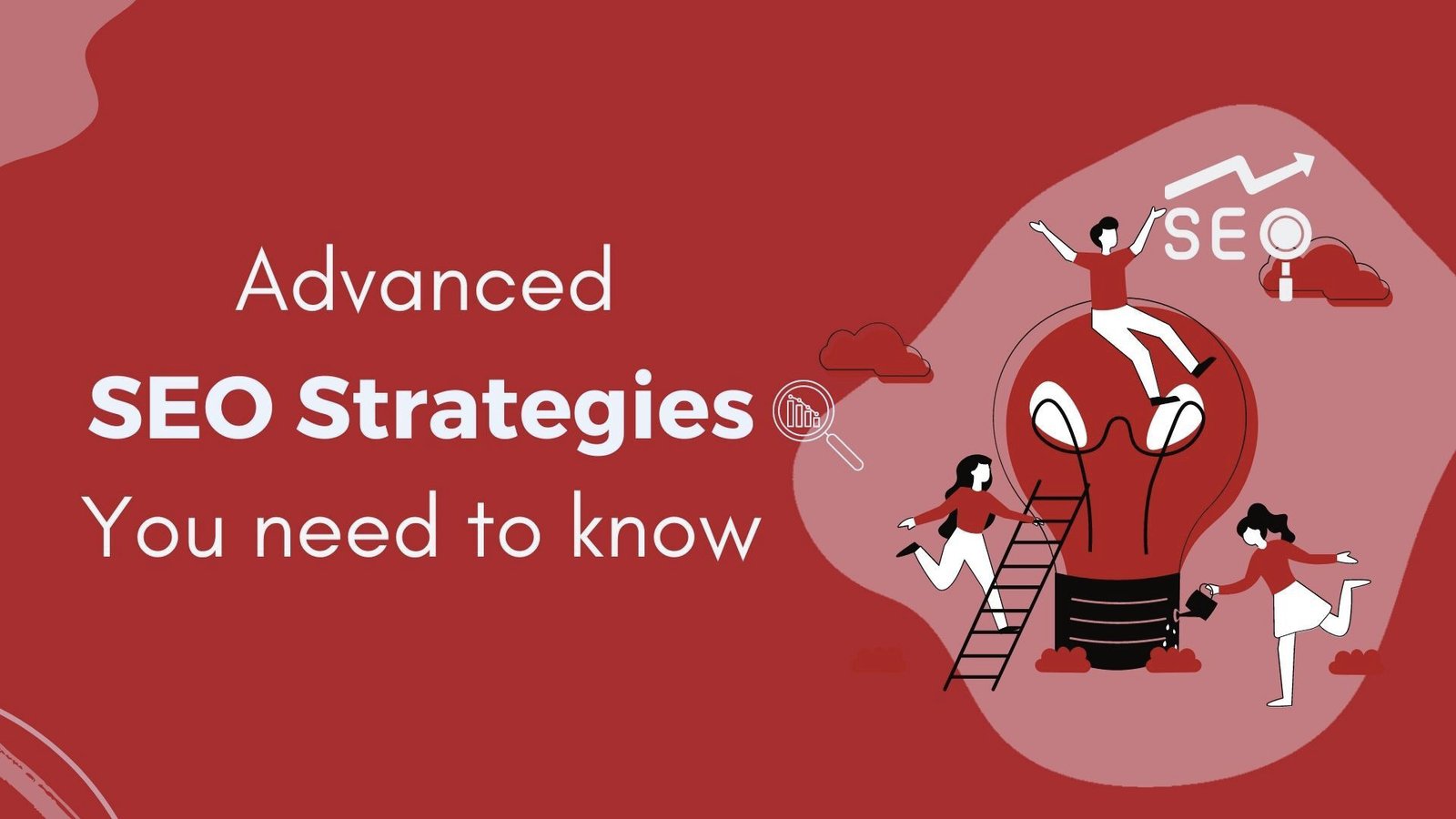
1. Schema Markup
Schema markup is a form of structured data that helps search engines understand the content on your website. By adding schema to your pages, you can enhance your listings with rich snippets, which can improve click-through rates. For example, adding recipe schema can display cooking times and ratings directly in search results.
2. International SEO
If your business operates in multiple countries, international SEO is essential. This involves using hreflang tags to indicate language and regional targeting, creating country-specific content, and optimizing for local search engines like Baidu (China) or Yandex (Russia).
3. Technical SEO Deep Dive
Technical SEO goes beyond the basics. Advanced techniques include:
- Canonical Tags: Preventing duplicate content issues by specifying the preferred version of a page.
- XML Sitemaps: Helping search engines crawl and index your site more efficiently.
- JavaScript SEO: Ensuring that search engines can render and index JavaScript-heavy websites.
Tools and Resources for SEO

Here are some essential tools for optimizing your website:
- Keyword Research:
- Google Keyword Planner
- Ahrefs
- SEMrush
- Backlink Analysis:
- Moz Link Explorer
- Ahrefs Backlink Checker
- Performance Tracking:
- Google Analytics
- Google Search Console
- Screaming Frog SEO Spider
- Content Optimization:
- Yoast SEO
- Surfer SEO
- Grammarly
Common SEO Mistakes to Avoid
- Ignoring Mobile Optimization: With over 60% of searches conducted on mobile devices, a non-responsive website can hurt your rankings.
- Keyword Stuffing: Overloading your content with keywords can lead to penalties from search engines.
- Neglecting Technical SEO: Issues like broken links, slow loading times, and poor crawlability can hinder your performance.
- Focusing Only on Rankings: Instead of obsessing over rankings, focus on driving conversions and improving user experience.
Avoiding SEO mistakes is crucial for long-term success. Learn from Neil Patel’s SEO insights on common pitfalls and how to fix them.
FAQs About search engine optimization
Q: How long does it take to see results from SEO?
A: SEO is a long-term strategy. It typically takes 3-6 months to see noticeable results, depending on the competitiveness of your industry.
Q: Can I do SEO on my own?
A: Yes, with the right tools and resources, you can handle basic SEO tasks. However, for advanced strategies, it’s often beneficial to hire an SEO expert.
Q: What’s the difference between SEO and SEM?
A: SEO focuses on organic search results, while SEM includes both organic and paid strategies like PPC advertising.
Industry Statistics and Trends
- Voice Search: Over 50% of all searches are expected to be voice-based by 2024.
- Mobile Traffic: Mobile devices account for over 60% of global web traffic.
- Content Length: Articles with over 2,000 words tend to rank higher on search engines.
- E-A-T: Google’s emphasis on Expertise, Authority, and Trustworthiness (E-A-T) is shaping SEO strategies across industries.
For the latest SEO trends and updates, visit Search Engine Journal.
Conclusion
In conclusion, search engine optimization meaning goes far beyond just ranking on search engines. It’s about understanding your audience, creating valuable content, and optimizing your website to meet the ever-changing demands of search engine algorithms. Whether you’re a beginner or an experienced marketer, mastering SEO is essential for achieving long-term success in the digital world.
By combining SEO with search engine marketing, you can create a comprehensive strategy that drives traffic, boosts conversions, and builds your brand’s online presence. So, take the time to define SEO for your business, implement best practices, and stay ahead of the curve in this dynamic field. The rewards are well worth the effort.
Explore More SEO Insights
Want to dive deeper into search engine optimization? Check out these must-read guides:
- Internal Linking for SEO – Learn how to boost your rankings with strategic internal links.
- How Search Engines Work – Understand the basics of search engine algorithms.
- Free Keyword Research Tool – Discover high-value keywords effortlessly.
- Alternative Search Engines – Explore 12 search engines beyond Google.
- Yoast SEO Review – A candid look at this popular SEO plugin.
- AIOSEO Review – Feature-packed, but does it slow you down?
- Best SEO Plugins for WordPress – Free and paid options compared.
- NameHero Hosting Review – Is it the right hosting choice for you?
Check them out and take your search engine optimization game to the next level!

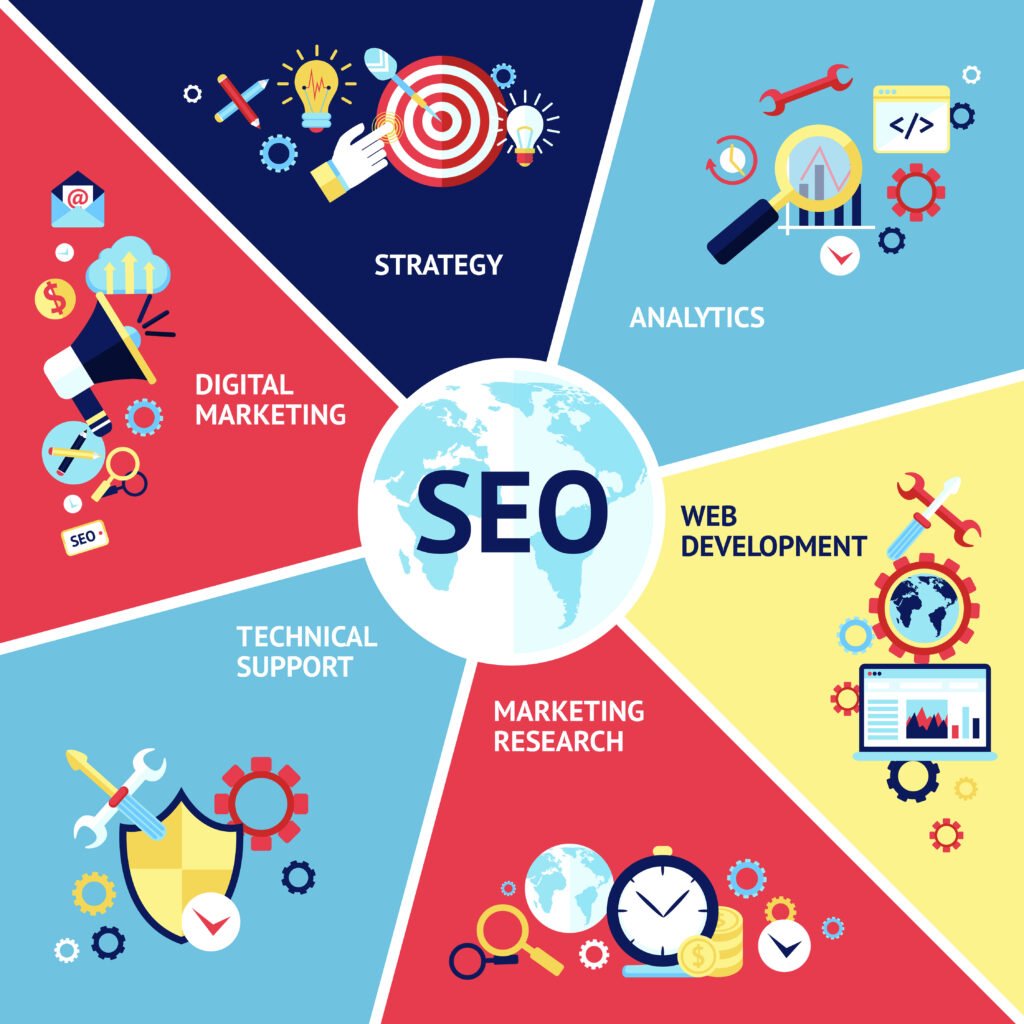


Very useful insights thank so much
Pingback: 10 Steps to Create a Website from Scratch - Zam Review